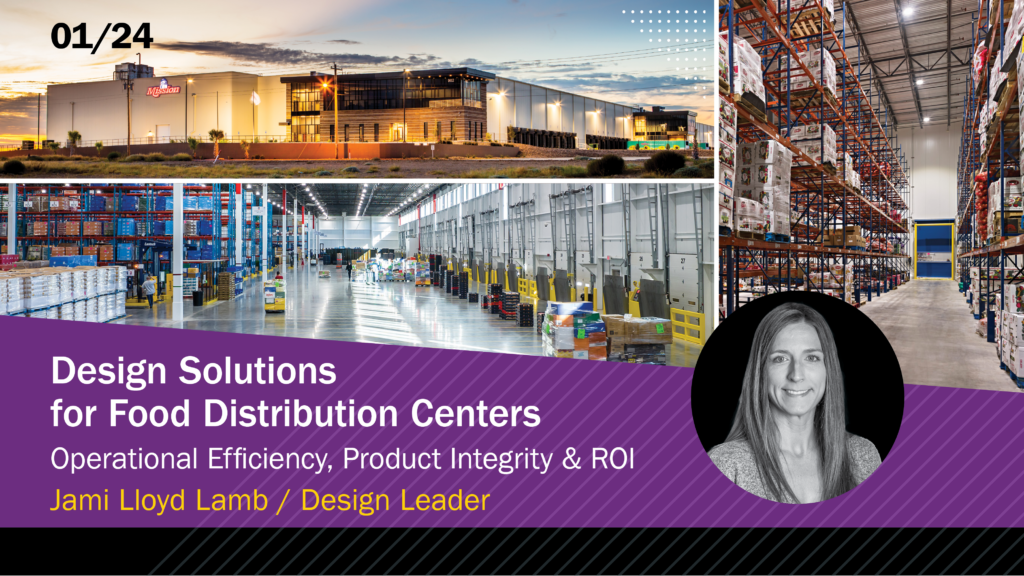
7 Strategies for Optimizing the Energy Efficiency of Your Refrigerant System
With the cost of energy continually rising, owners of refrigerated and freezer facilities are always searching for ways to save money. However, cutting corners on a refrigeration system should be the last place to look for those savings. Understanding the bulk of a perishable facility’s energy costs are due to the refrigeration system, there are a number of methods to optimize the energy efficiency of an ammonia refrigeration system and therefore reduce operational costs.
Variable Frequency Drives – The use of variable frequency drives, or VFDs, are being used throughout the industry as a simple and reliable method of minimizing power consumption. VFDs allow electric motors to modulate their speeds depending on the demands of the refrigeration system. All evaporators and evaporator condensers should have a VFD for each motor. In the case of compressors, VFDs may be best used on the non-primary compressors as a supplemental unit, depending on a refrigeration system’s needs.
- Thermosyphon – The use of a thermosyphon is an efficient way to cool a refrigerant compressor’s oil through the elimination of electric pumps. This means of cooling requires no associated power, and uses refrigeration condensate returning from the condensers to cool the oil.
- Compressor vs. Condenser Design – There is a balance between compressor and condenser horsepower design. It’s key to find the optimal point on wet and dry bulbs in determining how the system horsepower achieves and maintains balance.
- Ice Cream Freezer Design – Keeping a negative 20-degree space on the same system with a negative 10-degree space can be inefficient. If a facility’s negative 20-degree ice cream freezers are substantially smaller in size than the other freezers, the use of a separate and smaller compressor with a VFD can be used to save energy costs.
- Underfloor Warming System – While the use of underfloor warming is not necessarily an energy saving method, utilization of the hot gas from the refrigeration system through a heat exchanger is an energy saver. This method uses a by-product (hot gas) from the refrigeration system in lieu of electricity to heat the underfloor glycol solution.
- Auto Purgers – Air will exist in any refrigeration system. Unfortunately, this air increases the condensing pressure of a system, thereby increasing the power usage of the compressors. The use of auto purgers is an easy way to reduce or eliminate the air built up in refrigerant lines, and in turn will save energy through reduced usage of the system’s compressors.
- Refrigeration Control System – The use of a quality and updated control system will shrink energy consumption through the management of the system’s cooling demands, adjustments to suction pressures, smart defrosting cycles, general setting adjustments during system operations, and many other ways. This system should only be managed by a trained and experienced refrigeration system operator. This operator will be able to correctly read and understand the control system, as well as analyze system trends, allowing the necessary adjustments to be made to the refrigeration system and ultimately, conserving energy and saving on operational costs.










